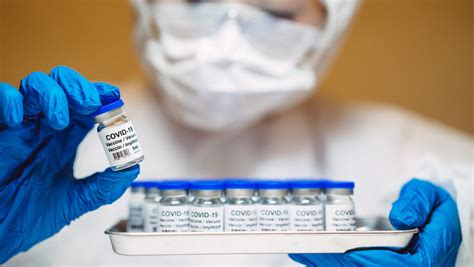The cervical biopsy process is a medical procedure used to collect tissue samples from the cervix, which is the lower part of the uterus in the female reproductive system. This procedure is typically performed to diagnose or rule out cervical cancer, as well as to investigate abnormal cell changes or other cervical abnormalities. If you’re scheduled to undergo a cervical biopsy, understanding what to expect before, during, and after the procedure can help alleviate anxiety and prepare you for the process.
Preparation for the Procedure
Before undergoing a cervical biopsy, your healthcare provider may give you specific instructions to follow. These might include avoiding sexual intercourse, douching, or using tampons for a certain period before the biopsy, as these activities can interfere with the procedure or the interpretation of the results. You might also be advised to schedule the biopsy when you are not menstruating, as heavy bleeding could make the procedure more challenging.
It’s essential to discuss any medications you are currently taking with your healthcare provider, especially if you are on blood thinners, as these can increase the risk of bleeding during or after the procedure. Informing your provider about any allergies, especially to latex or iodine (which might be used in some dyes), is also crucial.
The Biopsy Procedure
The cervical biopsy procedure itself is relatively quick, typically lasting only a few minutes. There are different methods your healthcare provider might use to collect tissue samples, including:
- Punch Biopsy: This is the most common type of cervical biopsy. It involves using a special instrument to remove a small sample of tissue from the cervix. The instrument might look like a small pair of scissors or a circular tool that removes a tiny cylinder of tissue.
- Endocervical Curettage (ECC): This procedure involves collecting tissue from the canal of the cervix using a spoon-shaped instrument called a curette.
- Loop Electrosurgical Excision Procedure (LEEP): This method uses a heated loop of wire to remove tissue. It’s often used for diagnostic purposes and can also be therapeutic, removing abnormal cells at the same time.
During the procedure, you will lie on an examination table with your feet in stirrups, similar to a Pap test. Your healthcare provider will insert a speculum into your vagina to hold it open and provide a clear view of the cervix. You might feel some discomfort or pressure during the biopsy, but it should not be severely painful. Local anesthesia can be used to numb the area if necessary, although this is not always required.
After the Procedure
After the cervical biopsy, it’s common to experience some light bleeding or spotting. This should not be heavy and can be managed with pads, as tampons should be avoided as per your provider’s instructions. You might also experience some cramping, similar to menstrual cramps, which can usually be managed with over-the-counter pain relievers.
Your healthcare provider will give you specific instructions on how to care for yourself after the biopsy, including any activities to avoid, such as heavy lifting, sexual intercourse, or strenuous exercise. These precautions are typically in place for a few days to prevent infection and ensure proper healing.
It may take a few days to a week or more to receive the results of your biopsy, depending on the laboratory’s processing time and the complexity of the analysis. If the results show abnormal cell changes or cancer, your healthcare provider will discuss the next steps with you, which might include further testing or treatment options.
Understanding the Results
The results of your cervical biopsy will indicate whether the tissue samples collected contained normal cells, abnormal cells (which could be precancerous or cancerous), or other conditions. If the results show abnormal cell changes, your healthcare provider will explain what this means and discuss any necessary follow-up actions. This could include more frequent Pap tests, further biopsies, or treatment to remove the abnormal cells.
Conclusion
While the prospect of undergoing a cervical biopsy might seem daunting, understanding the process and what to expect can help reduce anxiety. It’s a valuable diagnostic tool that can provide crucial information about your health, helping you and your healthcare provider make informed decisions about your care. If you have any questions or concerns about the procedure, don’t hesitate to discuss them with your healthcare provider. Their role is not only to perform the biopsy but also to guide and support you throughout the process.
What are the main reasons for undergoing a cervical biopsy?
+The main reasons for undergoing a cervical biopsy include investigating abnormal cell changes found during a Pap test, diagnosing cervical cancer, and examining other cervical abnormalities.
How long does it take to recover from a cervical biopsy?
+Recovery from a cervical biopsy is typically quick, with most women returning to their normal activities within a day or two. However, it’s recommended to avoid heavy lifting, sexual intercourse, and using tampons for a few days as advised by your healthcare provider.
Can I drive myself home after a cervical biopsy?
+Yes, you can usually drive yourself home after a cervical biopsy unless you’ve been given sedation or anesthesia, in which case you should arrange for someone to drive you home.
How long does it take to get the results of a cervical biopsy?
+The time it takes to get the results of a cervical biopsy can vary, typically ranging from a few days to a week or more, depending on the laboratory and the complexity of the analysis.
Is a cervical biopsy painful?
+You might feel some discomfort or pressure during the biopsy, but it should not be severely painful. Local anesthesia can be used if necessary to minimize discomfort.


